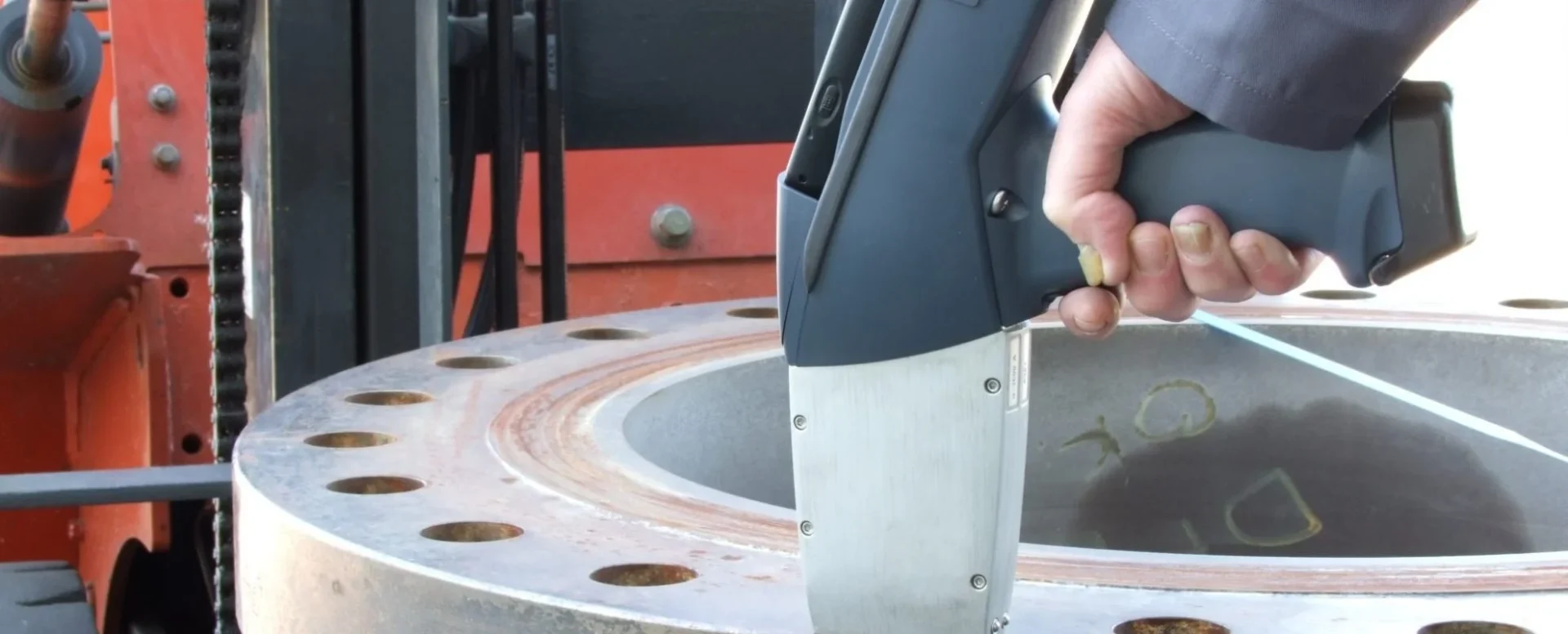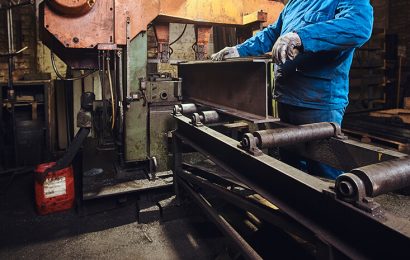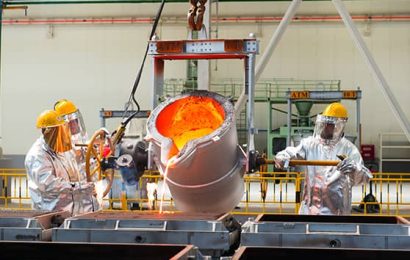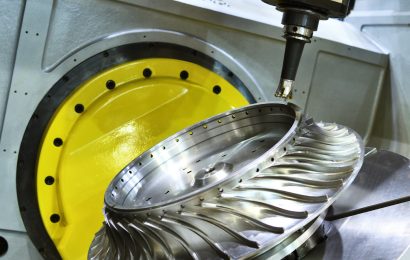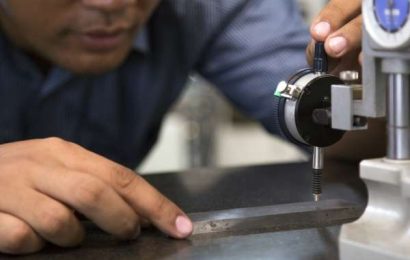Understanding Field Metallography: A Beginner’s Guide
When precision matters and downtime is costly, field metallography steps in as a game-changing solution for materials inspection and analysis. In industries where heavy machinery, welded structures, or critical components must be tested for structural integrity, field metallography offers a powerful alternative to traditional lab-based methods—without removing parts or halting operations.
In this beginner’s guide, we’ll explore what field metallography is, why it’s essential, and how it can be performed directly on-site with reliable results.
What is Field Metallography?
Field metallography—also known as in-situ metallography—is a method of examining the microstructure of metal components directly at the site of use, without removing them or disrupting their function. It allows metallurgists and quality engineers to assess the condition of materials, identify flaws, and verify heat treatments or welding procedures—all in the field.
Unlike conventional metallography, which involves cutting samples and taking them to a lab for preparation and analysis, field metallography uses portable tools and replica techniques to conduct non-destructive or minimally invasive evaluations.
Why Does Field Metallography Matter?
Field metallography plays a critical role in preventive maintenance, quality assurance, and failure analysis across a wide range of industries. Here’s why it’s important:
- Minimizes Downtime
In sectors like aerospace, power generation, oil & gas, and heavy manufacturing, removing a component for lab analysis can mean hours—or even days—of operational downtime. Field metallography avoids that by taking the lab to the equipment. - Supports Predictive Maintenance
By examining the grain structure, phase distribution, or weld quality, engineers can spot early signs of fatigue, corrosion, or heat damage before catastrophic failures occur.
- Confirms Material Quality
In-situ testing confirms whether a part meets metallurgical specs, especially in welds, castings, or forgings. This is crucial during fabrication, installation, or third-party inspections.
- Cost-Effective & Non-Destructive
No need for destructive sampling or costly disassembly. Field metallography uses portable polishing kits, etchants, and replica film to collect accurate microstructural data without harming the part.
How is Field Metallography Performed?
The process may vary depending on the site, material, and purpose of inspection, but typically includes the following steps:
- Surface Preparation
To view the microstructure clearly, the metal surface must be cleaned and polished. Field technicians use portable grinding and polishing tools—like PSI’s precision surface kits—to gradually prepare the area.- Grinding: Abrasive papers remove corrosion, oxides, or coatings.
- Polishing: Fine diamond pastes and cloths are used to produce a mirror-like surface.
- EtchingOnce polished, a chemical etchant is applied to reveal the grain boundaries and phase structures. Different alloys require specific etchants (e.g., Nital for steels, Keller’s for aluminum). Proper etching helps highlight:
- Grain size and shape
- Carbide presence
- Heat-affected zones (HAZ)
- Weld fusion lines
- Microscopic Examination
At this stage, technicians use portable microscopes or digital imaging systems to observe and document the microstructure directly on-site. Some may also create replica impressions using acetate tape or film, which are later analyzed under lab microscopes. - Analysis & Reporting
Metallurgists interpret the micrographs to:- Compare the structure to known standards (e.g., ASTM, ISO)
- Identify any deviations from expected material conditions
- Recommend next steps (repairs, replacements, or continued monitoring)
Common Applications of Field Metallography
Field metallography is used in both preventive and investigative roles across various industries. Some key applications include:
● Weld Verification
Confirming weld quality, structure, and absence of cracking or inclusions.
● Heat Treatment Assessment
Checking whether the correct heat treatment was applied (e.g., case hardening or quenching).
● Failure Analysis
Examining failed or damaged components on-site to determine root cause.
● Pipeline and Pressure Vessel Inspection
Evaluating structural integrity without cutting or removing pipe sections.
● Power Plant Maintenance
Inspecting turbine blades, boilers, and high-pressure parts under service conditions.
Tools & Equipment for Field Metallography
To perform effective field metallography, technicians rely on:
- Portable grinding and polishing machines (manual or semi-automatic)
- Diamond pastes and abrasive discs
- Chemical etchants for various alloys
- Portable microscopes or digital cameras
- Replica tape kits for off-site analysis
- Protective gear and containment supplies for chemical handling
At Precision Surfaces International (PSI), we offer industry-grade grinding, polishing, and sectioning solutions tailored for both lab and field applications—ensuring your metallographic evaluations are accurate, efficient, and compliant with standards.
Best Practices for Field Metallography
To ensure reliable results, field metallography should be conducted with careful attention to the following:
- Proper surface preparation: Clean, flat, and smooth surfaces are key to accurate analysis.
- Correct etching: Match the etchant to the alloy and monitor the timing to avoid over-etching.
- Environmental control: Minimize dust, moisture, or movement during the procedure.
- Documentation: Photograph microstructures and label findings clearly for reporting.
- Calibration: Use well-maintained and calibrated tools for consistent performance.
Limitations to Keep in Mind
While powerful, field metallography does have some limitations:
- Surface-only analysis (subsurface or internal flaws require other NDT methods)
- Dependent on operator skill
- Weather or access conditions may affect procedures
Still, for fast, on-site insights into material condition, field metallography is unmatched in convenience and utility.
Summary: Why Field Metallography is a Must-Have Tool
For any industry that relies on the integrity of metal parts—from nuclear energy to aerospace—field metallography delivers a practical, non-destructive solution to inspect, analyze, and verify material quality right where it matters. No more shipping components to a lab. No unnecessary downtime. Just reliable microstructural analysis at your fingertips.
Ready to bring precision to the field?
Contact Precision Surfaces International (PSI) to learn more about our portable grinding, polishing, and metallographic solutions engineered for fieldwork. Whether you need tools, training, or consultation, our team is here to support your quality assurance and inspection needs—on-site or in the lab.

